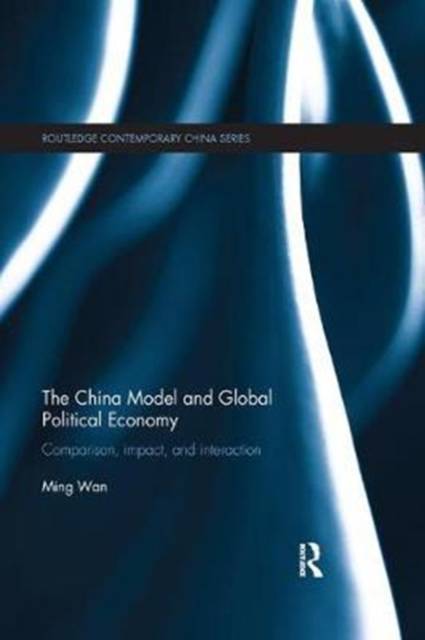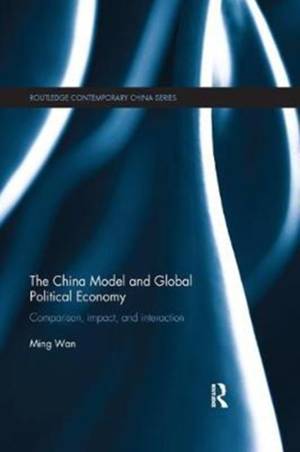
- Afhalen na 1 uur in een winkel met voorraad
- Gratis thuislevering in België vanaf € 30
- Ruim aanbod met 7 miljoen producten
- Afhalen na 1 uur in een winkel met voorraad
- Gratis thuislevering in België vanaf € 30
- Ruim aanbod met 7 miljoen producten
The China Model and Global Political Economy
Comparison, Impact, and Interaction
Ming WanOmschrijving
Since the beginning of China's phenomenal rise in the international system, our knowledge of the country has grown rapidly. But those who have debated the China issue in policy circles mostly focus on the implications of China's rise, often without a firm understanding of why the country is rising in the first place.
Using an analytical framework which links China's domestic political economy order and the global system, this book helps us to understand China's rise and the China model more clearly. Indeed, unlike most other works that study the China model as a domestic political economy issue, it adopts an explicit international comparative perspective, comparing the Chinese model to others, such as the Washington Consensus and the Japan model. This comparison allows us to break down different components of the China model, and to show that while the Chinese Communist Party leadership part of the model is unique, other components such as export-led growth strategy or packaged aid programs are not. By focusing on the root cause of China's rise - namely the loop between the evolving China model and an evolving global governance structure - this book reveals the degree of compatibility between the country's profit-driven domestic political economy system and the post-war global economic order, and in turn how and why China has been able to rise in the global system.
The China Model and Global Political Economy makes a key contribution to theories of international relations, state development and modernization, and as such will appeal to students and scholars of Chinese politics, Chinese foreign policy, international political economy, development studies and international relations.
Alleen bij Standaard Boekhandel
Beoordelingen
We publiceren alleen reviews die voldoen aan de voorwaarden voor reviews. Bekijk onze voorwaarden voor reviews.












